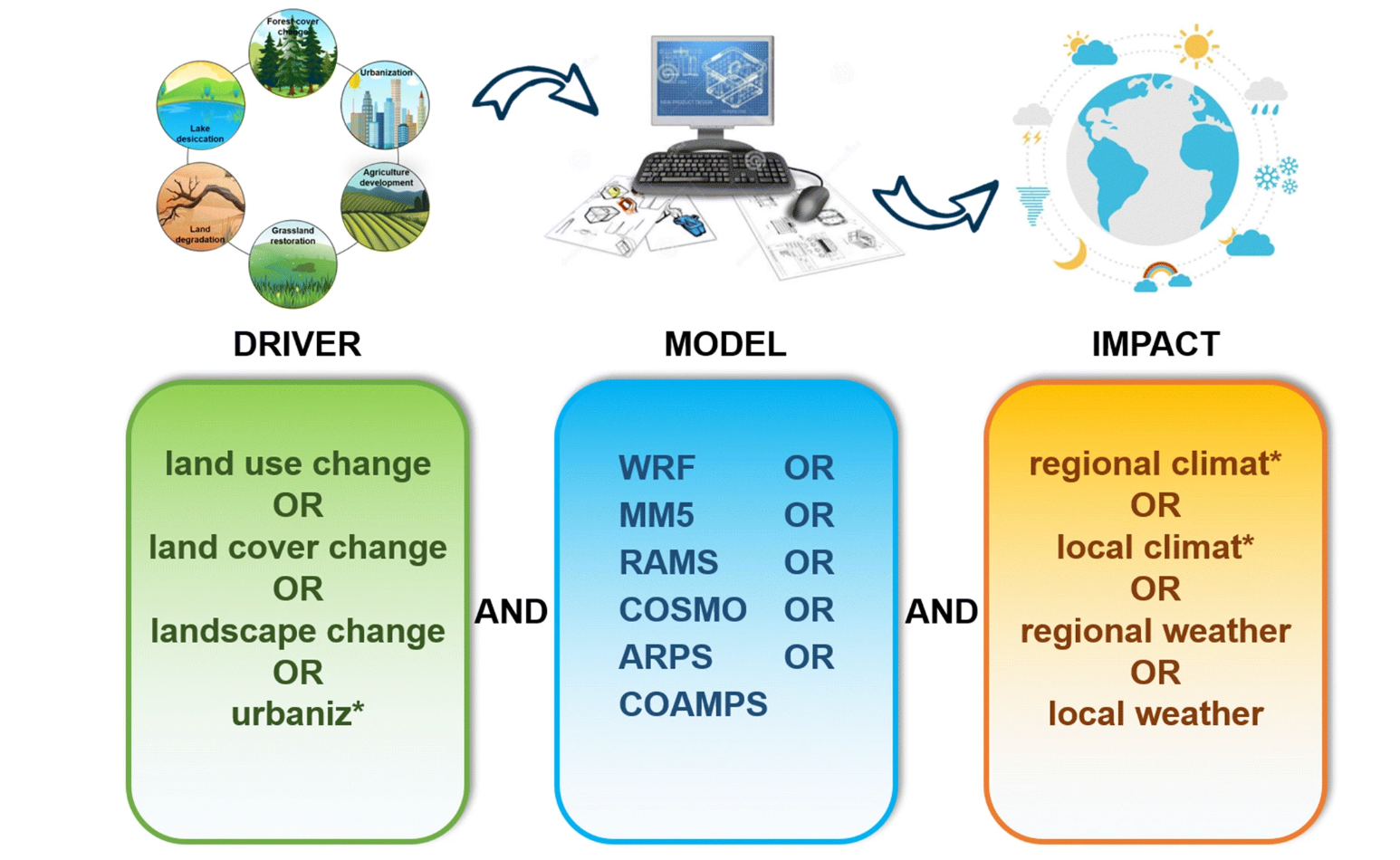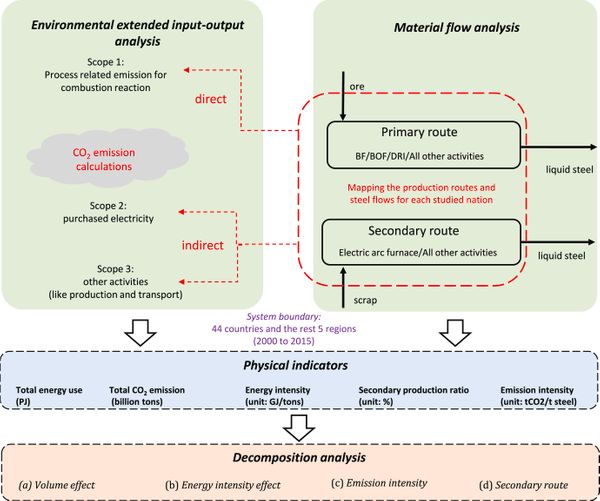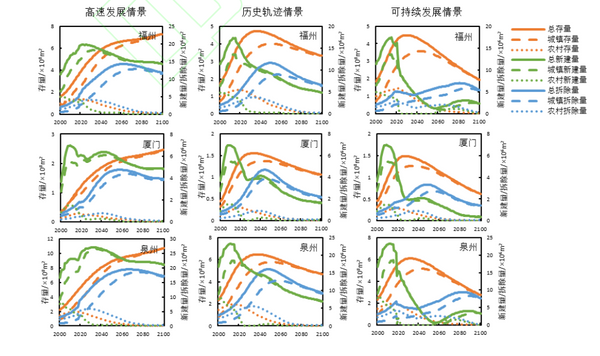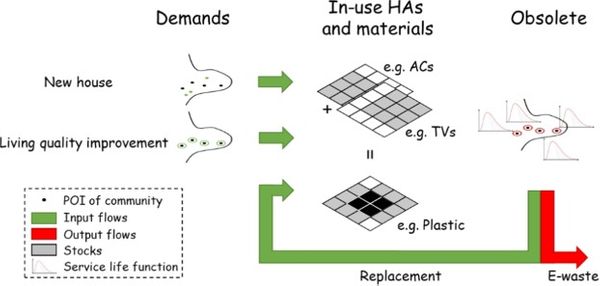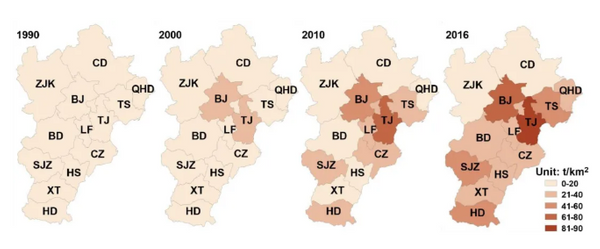Qian Cao, Yupeng Liu*, Matei Georgescu, Jianguo Wu
Landscape Ecology
https://doi.org/10.1007/s10980-020-01015-7
Abstract
Context
Studies have shown that land use and land cover change (LUCC) has myriad impacts on local and regional climate. Synthesizing the recent findings in this field helps advance landscape ecology and sustainability science in the face of climate change.
Objectives
To review and synthesize mesoscale modeling-based studies examining the impact of LUCC on climate, and to identify research gaps and future research directions.
Methods
We adopted a systematic review procedure to identify and analyze relevant literature obtained from the Web of Science spanning Jan 1990–Nov 2018.
Results
The number of publications per year increased from about 5 before 2008 to as large as 25 thereafter. About 60% of the case studies were focused on China and the US. Urbanization and agricultural development exerted a stronger influence on temperature than other LUCC modifications, with temperature changes generally between 1 and 2 °C. The climate effect of forest loss and urbanization illustrated location-dependency, as similar landscape changes in different latitudes showed climate effects of opposite sign. Extensive irrigation and dam construction increased precipitation, while the impact of urbanization and forest cover change on precipitation was inconclusive (positive, neutral, and negative).
Conclusions
Understanding landscape and climate change interactions is essential for studying the ecology and sustainability of regional landscapes. Future research needs to: (1) understand climate effects resulting from land management change, (2) investigate climate change impacts on human health as induced or mediated by landscape changes, and (3) develop sustainable landscapes that can mitigate and adapt to climate change.

